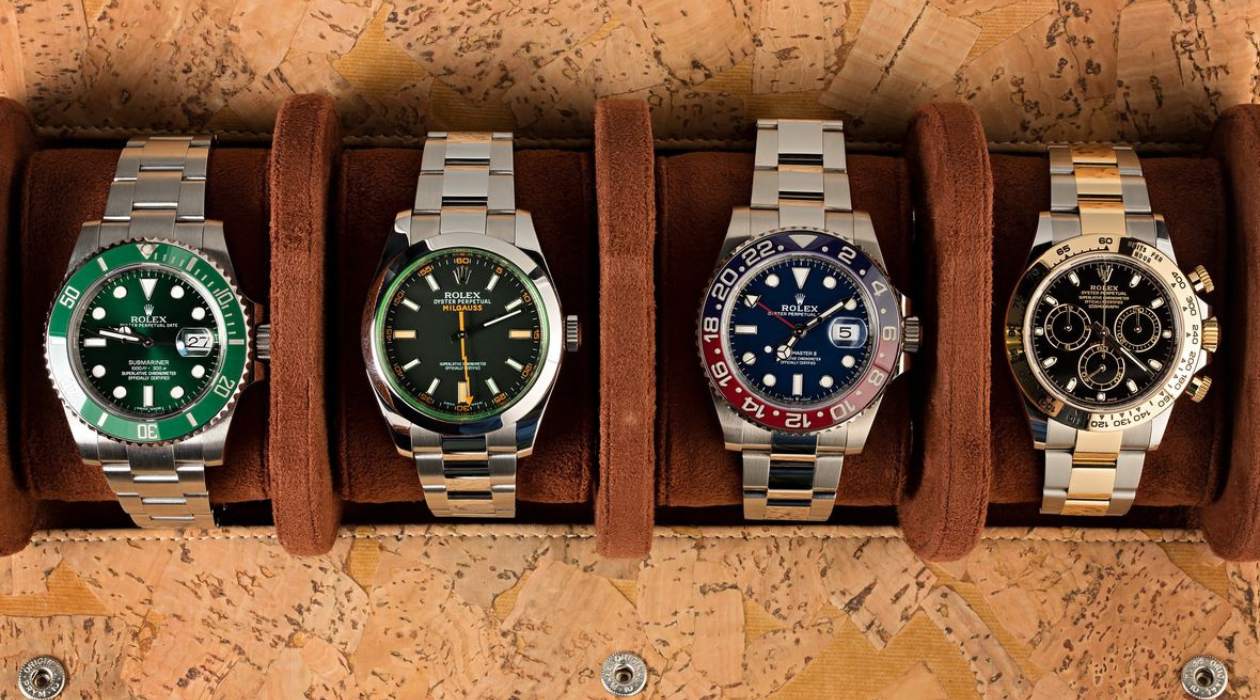

Articles
How To Store Watches When Not In Use
Modified: February 26, 2024
Learn the best methods for storing your watches when not in use with our informative articles. Keep your timepieces safe and protected for years to come.
(Many of the links in this article redirect to a specific reviewed product. Your purchase of these products through affiliate links helps to generate commission for Storables.com, at no extra cost. Learn more)
Introduction
Welcome to the world of watches, where precision meets style and functionality. Whether you are a seasoned collector or simply someone who appreciates a well-crafted timepiece, it’s essential to know how to properly store your watches when they are not in use. Proper storage not only helps preserve their condition but also extends their lifespan.
While watches are designed to withstand the test of time, they are still susceptible to damage if not stored correctly. Factors such as humidity, temperature, dust, and even sunlight can have a significant impact on the performance and appearance of your watches. In this article, we will explore the importance of proper watch storage and provide you with tips and techniques to ensure your watches remain in the best possible condition.
Investing in a watch is more than just acquiring a time-telling device; it is a piece of art and engineering that deserves careful consideration. By storing your watches properly, you not only protect your investment but also maintain their functionality and aesthetic appeal. Let’s dive into the world of watch storage and discover the best ways to ensure your watches are well-preserved when not on your wrist.
Key Takeaways:
- Proper watch storage is crucial for protecting your investment and ensuring longevity. Factors like humidity, temperature, and light play a significant role in preserving the functionality and appearance of your timepieces.
- Choosing the right storage option, regular cleaning, and proper maintenance are key to keeping your watches in top condition. By implementing these guidelines, you can ensure that your timepieces remain well-protected and visually stunning for years to come.
Read more: How To Store Watches
Importance of Proper Watch Storage
Proper watch storage is crucial for maintaining the quality and longevity of your timepieces. Here are a few reasons why it is essential:
- Protection from damage: Watches are delicate instruments that can be easily scratched, dented, or broken if not handled and stored properly. Whether you have a luxury brand or a vintage heirloom, storing your watch in a secure and suitable environment helps safeguard it from accidental damage.
- Preserving functionality: A watch’s internal mechanism relies on precise movements and well-lubricated parts to function correctly. Improper storage can expose your watch to extreme temperatures, moisture, or magnetism, leading to potential damage to its movement. By storing your watch in a controlled environment, you minimize the risk of compromising its accuracy and functionality.
- Maintaining appearance: Your watch’s aesthetic appeal is an essential aspect of its overall value and desirability. Exposure to sunlight, dust, and humidity can cause the watch’s dial, crystal, or strap to fade, discolor, or deteriorate over time. Proper storage helps preserve the original luster and beauty of your watch, ensuring that it remains as visually stunning as the day you acquired it.
- Preventing potential theft or loss: Storing your watches in a secure location not only protects them from physical damage but also minimizes the risk of theft or loss. By keeping your watches organized and safely stored, you have peace of mind knowing that your valuable timepieces are less likely to be misplaced, stolen, or accidentally damaged.
Now that we understand the importance of proper watch storage, let’s delve into the factors you should consider when deciding how and where to store your watches.
Factors to Consider
When it comes to storing your watches, there are several factors you should consider to ensure the optimal conditions for their preservation:
- Humidity: Excess moisture can cause corrosion on metal parts, such as the case, crown, and buckle of your watch. It is important to store your watches in an environment with stable humidity levels, ideally between 40% to 60%. Avoid storing them in areas prone to dampness, such as bathrooms or basements.
- Temperature: Extreme temperatures can have adverse effects on the internal components of your watch. Avoid exposing your watches to extreme heat or cold, as it can affect the lubricants and potentially lead to damage. Store your watches in a temperature-controlled environment, preferably between 18 to 24 degrees Celsius (64 to 75 degrees Fahrenheit).
- Light: Prolonged exposure to direct sunlight can cause the dial, hands, and even the strap of your watch to fade or discolor. Ultraviolet (UV) rays can also deteriorate certain materials, such as leather straps. Store your watches in a dark or dimly lit area, or use watch boxes or cases with UV-protected glass to shield them from harmful light.
- Dust and debris: Dust particles can accumulate inside your watch and affect its movement and accuracy. Store your watches in a clean and dust-free environment to minimize the risk of dust entering the watch mechanism. Additionally, consider using watch storage solutions that offer protection against dust and debris, such as watch rolls or watch winders with enclosed compartments.
- Magnetism: Magnetic fields can interfere with the delicate balance of your watch’s movement, resulting in inaccurate timekeeping. Avoid storing your watches near electronic devices, such as speakers, laptops, or mobile phones, as they often emit magnetic fields. If you suspect your watch has been exposed to magnetism, have it demagnetized by a professional watchmaker.
By taking these factors into account, you can create an ideal environment for storing your watches and ensure their longevity. In the next section, we will explore the various storage options available to safeguard your timepieces.
Choose the Right Storage Option
When it comes to storing your watches, there are several storage options to consider. Each option offers different levels of protection and convenience. Here are some storage options to help you choose the right one for your needs:
- Watch Boxes: Watch boxes are popular and versatile storage solutions. They come in various sizes and materials, such as wood, leather, or carbon fiber. Watch boxes usually feature individual compartments or cushions to hold each watch securely. Look for watch boxes with soft interior lining to prevent scratches and adjustable cushion sizes to accommodate watches of different sizes.
- Watch Rolls: Watch rolls are compact and convenient storage solutions, especially for travelers. Made of soft or hard materials, watch rolls feature individual pockets or slots to hold each watch. They are lightweight, easy to store, and offer good protection against scratches and dust. Watch rolls are also an ideal choice if you have a small watch collection.
- Watch Winders: Watch winders are specialized storage options for automatic watches. These devices mimic the motion of the wrist to keep automatic watches running even when they are not being worn. Watch winders not only ensure that your watch is always wound and ready to wear but also provide a controlled environment for your watch, protecting it from dust and moisture. When choosing a watch winder, consider the number of watches it can accommodate, the direction and rotation options, as well as the quality of the motor.
- Safe or Security Box: If you have a valuable watch collection or simply want the highest level of security, consider storing your watches in a safe or security box. These options provide maximum protection against theft, loss, and damage. Look for safes or security boxes that offer temperature and humidity control features to ensure the best conditions for your watches.
- Display Cases: If you enjoy showcasing your watches while keeping them protected, display cases are an excellent option. Display cases typically feature clear glass or acrylic panels, allowing you to admire your watches while keeping them dust-free and secure. Look for display cases with lockable doors to add an extra layer of security.
Consider your collection size, budget, preferences, and storage requirements when choosing the right storage option. Regardless of the option you choose, make sure it provides adequate protection from humidity, temperature, dust, and other potential risks. Combine the right storage option with proper care and maintenance to keep your watches in top condition for years to come.
In the next section, we will explore tips on how to keep your watches clean, which is an important aspect of watch storage and maintenance.
Store watches in a watch box or case to protect them from dust, moisture, and scratches. Keep them away from direct sunlight and extreme temperatures to preserve their condition.
Keep Your Watches Clean
A clean watch not only looks more appealing but also helps maintain its functionality and longevity. Regular cleaning is an essential part of watch maintenance. Here are some tips to keep your watches clean:
- Use a microfiber cloth: Before cleaning your watch, gently wipe it with a microfiber cloth to remove any surface dust or fingerprints. Avoid using rough or abrasive materials that could scratch the watch’s surface.
- Use mild soap and water: For stainless steel, ceramic, or metal bracelets, you can use a mild soap and lukewarm water solution. Dip a soft-bristled toothbrush or a watch cleaning brush into the soapy water and gently scrub the bracelet to remove dirt and grime. Rinse with clean water and pat dry with a soft cloth.
- Be cautious with leather straps: If you have a watch with a leather strap, it’s important to be cautious when cleaning it. Avoid getting the strap excessively wet or using harsh cleaning agents, as they can damage the leather. Instead, use a slightly damp cloth to gently wipe the strap and remove any dirt or stains. Allow it to air dry naturally.
- Use specialized cleaning solutions: There are specialized watch cleaning solutions available on the market. These solutions are specifically formulated to clean and polish watch cases and bracelets. Follow the instructions provided by the manufacturer and use them sparingly to avoid any damage to your watch.
- Protect against water damage: While some watches are water-resistant, it’s important to remember that water resistance is not the same as waterproof. If your watch is not designed to be submerged in water, avoid exposing it to water during the cleaning process. If your watch is water-resistant, make sure the crown is properly screwed down before cleaning.
- Take care of the crystal: The crystal is the protective cover of the watch dial. Avoid touching the crystal with your fingers to prevent leaving smudges or fingerprints. If the crystal is scratched, consult a professional watchmaker for repair or replacement.
Regularly cleaning your watches not only keeps them looking their best but also helps prevent the buildup of dirt and grime that could potentially lead to damage. In the next section, we will discuss additional maintenance and care tips for your watches.
Read more: How To Store A Watch
Maintenance and Care Tips
Proper maintenance and care are essential for keeping your watches in optimal condition. Here are some maintenance and care tips to help ensure the longevity of your timepieces:
- Regular servicing: It is recommended to have your watches serviced by a professional watchmaker every 3-5 years, or as per the manufacturer’s recommendation. During a service, the watch will be cleaned, lubricated, and checked for any potential issues, ensuring its smooth operation and accuracy.
- Rotate your watches: If you have a collection of watches, consider rotating them regularly. By wearing different watches on a rotation basis, you allow each watch to rest and minimize wear and tear.
- Avoid extreme temperatures: Extreme temperatures can damage the internal components of your watch. Avoid exposing your watches to extreme heat or cold, such as leaving them in a car on a hot summer day or exposing them to freezing temperatures in winter.
- Keep magnets away: Magnetic fields can disrupt the delicate movement of your watch. Keep your watches away from strong magnets, such as speakers or magnetic closures on bags, as they can affect the accuracy of timekeeping.
- Handle with care: When handling your watches, be gentle. Avoid dropping them or subjecting them to impact. Store them in a safe and secure location to minimize the risk of accidental damage.
- Water resistance: If your watch is water-resistant, be mindful of its water resistance rating. Avoid exposing it to water or moisture beyond its stated capabilities. Regularly check the gaskets and seals and have them replaced by a professional when necessary to maintain water resistance.
- Keep away from chemicals: Avoid exposing your watches to chemicals such as solvents, perfumes, or cleaning agents. These can potentially damage the case, crystal, or strap material. If your watch does come into contact with chemicals, clean it immediately with a damp cloth.
By following these maintenance and care tips, you can ensure that your watches remain in excellent condition and continue to give you accurate timekeeping and visual pleasure for many years to come. However, it’s essential to keep in mind that each watch is unique, and it is always advisable to refer to the manufacturer’s guidelines and consult a professional watchmaker for specific care instructions.
In the next section, we will discuss additional precautions to consider when storing your watches to maximize their protection.
Additional Precautions
When it comes to storing your watches, there are a few additional precautions you can take to ensure their utmost protection:
- Remove before strenuous activities: It’s advisable to remove your watch before engaging in activities that involve vigorous movements, such as sports, heavy lifting, or manual labor. This reduces the risk of accidental scratches, impacts, or damage to the watch due to excessive movement.
- Properly wind mechanical watches: If you have mechanical watches that need to be manually wound, ensure that you wind them properly following the manufacturer’s guidelines. Overwinding can damage the movement, while underwinding can lead to accuracy issues. If unsure, consult a watchmaker or refer to the watch’s manual for instructions.
- Store in a cool and dry place: Choose a storage location that is cool and dry to minimize the risk of moisture and humidity damage. Avoid areas prone to temperature fluctuations or high levels of humidity, such as storage rooms or basements.
- Avoid direct contact with leather: If your watch has a leather strap, avoid storing it in direct contact with other leather items, as this can cause color transfer or damage to the strap. Store leather-strapped watches separately or use watch rolls or compartments to keep them protected.
- Insurance and documentation: Consider obtaining insurance coverage for your watch collection, especially if you have valuable or high-end timepieces. Keep all original documentation, such as receipts, certificates, and warranty cards, in a safe place. This will help in case of theft, loss, or any warranty-related issues.
- Regularly assess the storage environment: Periodically evaluate the storage conditions and environment where your watches are kept. Check for any signs of excessive moisture, temperature fluctuations, or other factors that could potentially impact their condition. Make any necessary adjustments or relocate your watches to a more suitable storage area if needed.
By taking these additional precautions, you can ensure that your watches are well-protected and preserved, allowing you to enjoy them for a lifetime. Now let’s wrap up with a summary of the key points we’ve discussed in this article.
Conclusion
Your watches are not just timekeeping devices; they are symbols of craftsmanship, style, and personal expression. Properly storing your watches when not in use is crucial to protect your investment and ensure their longevity. By considering factors such as humidity, temperature, light, and dust, you can create an optimal storage environment.
Choosing the right storage option, whether it’s a watch box, watch roll, watch winder, display case, or safe, is essential to provide adequate protection and convenience. Remember to keep your watches clean by using mild soap and water, avoiding harsh chemicals, and taking care of leather straps.
Maintenance and care are equally important. Regular servicing, proper handling, avoiding extreme temperatures, and keeping your watches away from magnets and chemicals will help preserve their functionality and appearance. Additionally, following precautions such as removing your watch during strenuous activities, properly winding mechanical watches, and storing in a cool and dry place will further extend their lifespan.
By implementing these guidelines, you can ensure that your watches remain in top condition, allowing you to enjoy them for years to come. Remember to periodically assess the storage environment and consider insurance coverage for your valuable timepieces.
So, whether you have a cherished family heirloom or a growing collection of luxury watches, investing time and effort into proper watch storage and maintenance is well worth it. Protect your watches and preserve their beauty, functionality, and value for future generations to experience and appreciate.
Frequently Asked Questions about How To Store Watches When Not In Use
Was this page helpful?
At Storables.com, we guarantee accurate and reliable information. Our content, validated by Expert Board Contributors, is crafted following stringent Editorial Policies. We're committed to providing you with well-researched, expert-backed insights for all your informational needs.
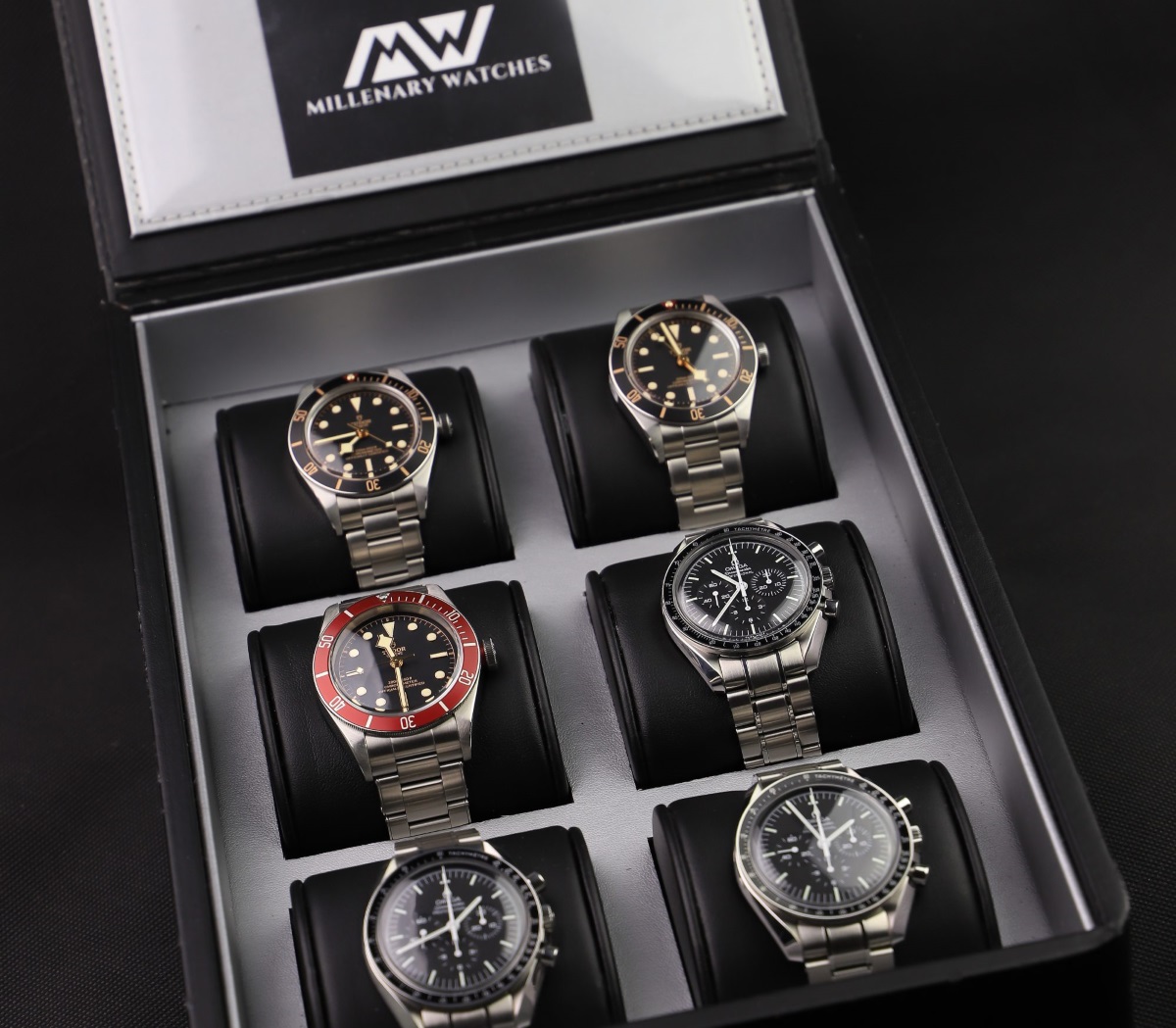
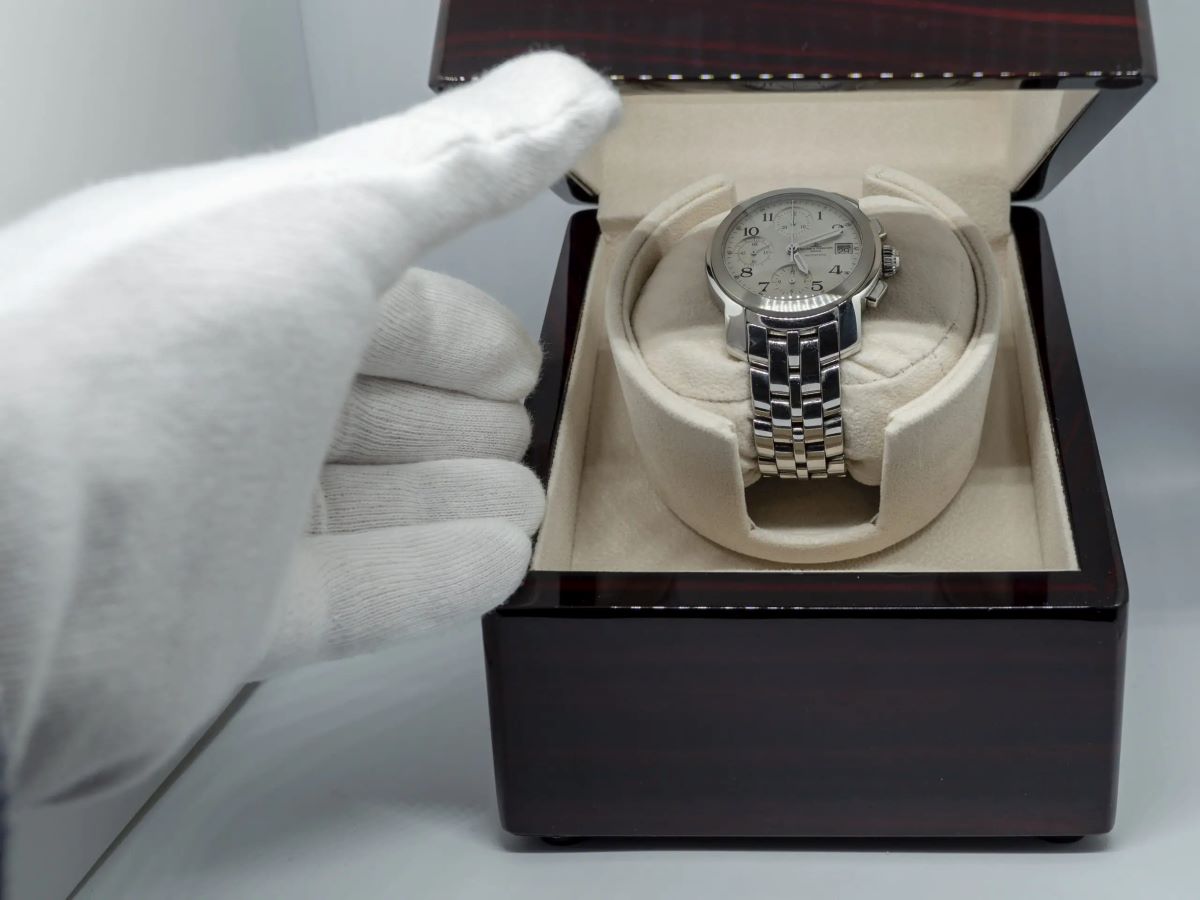
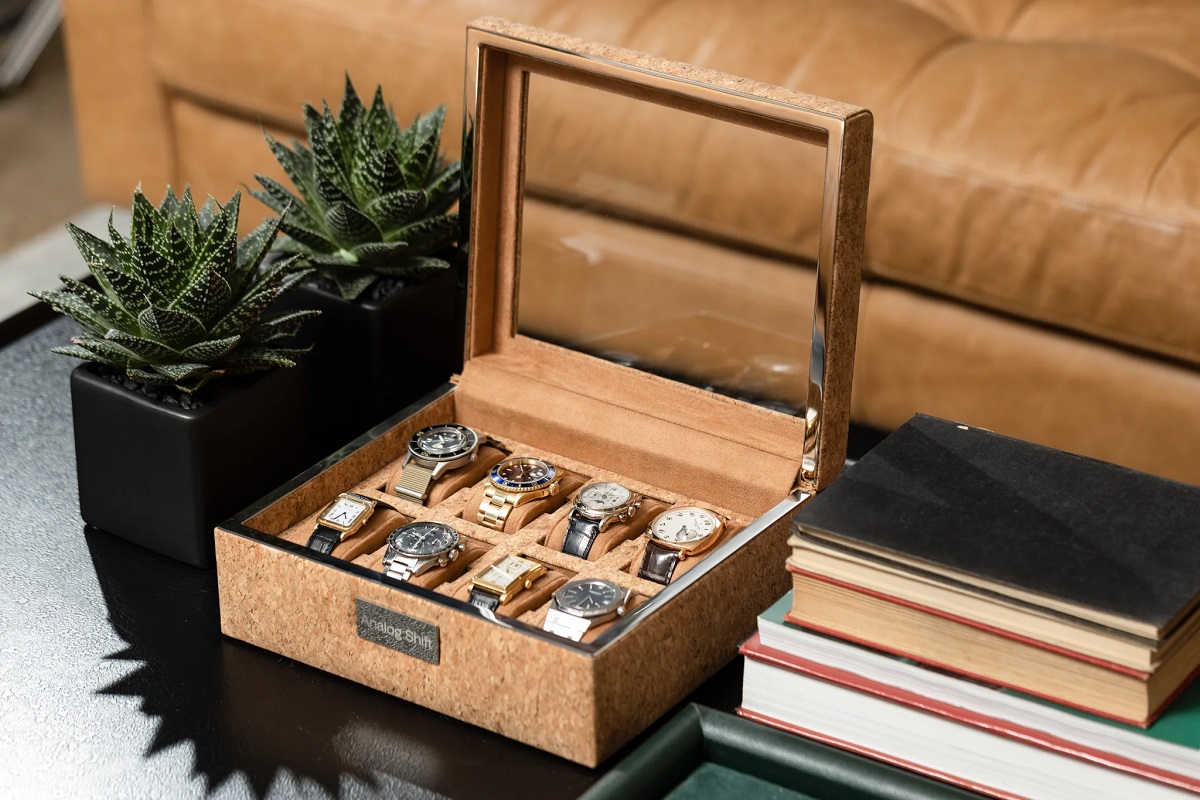
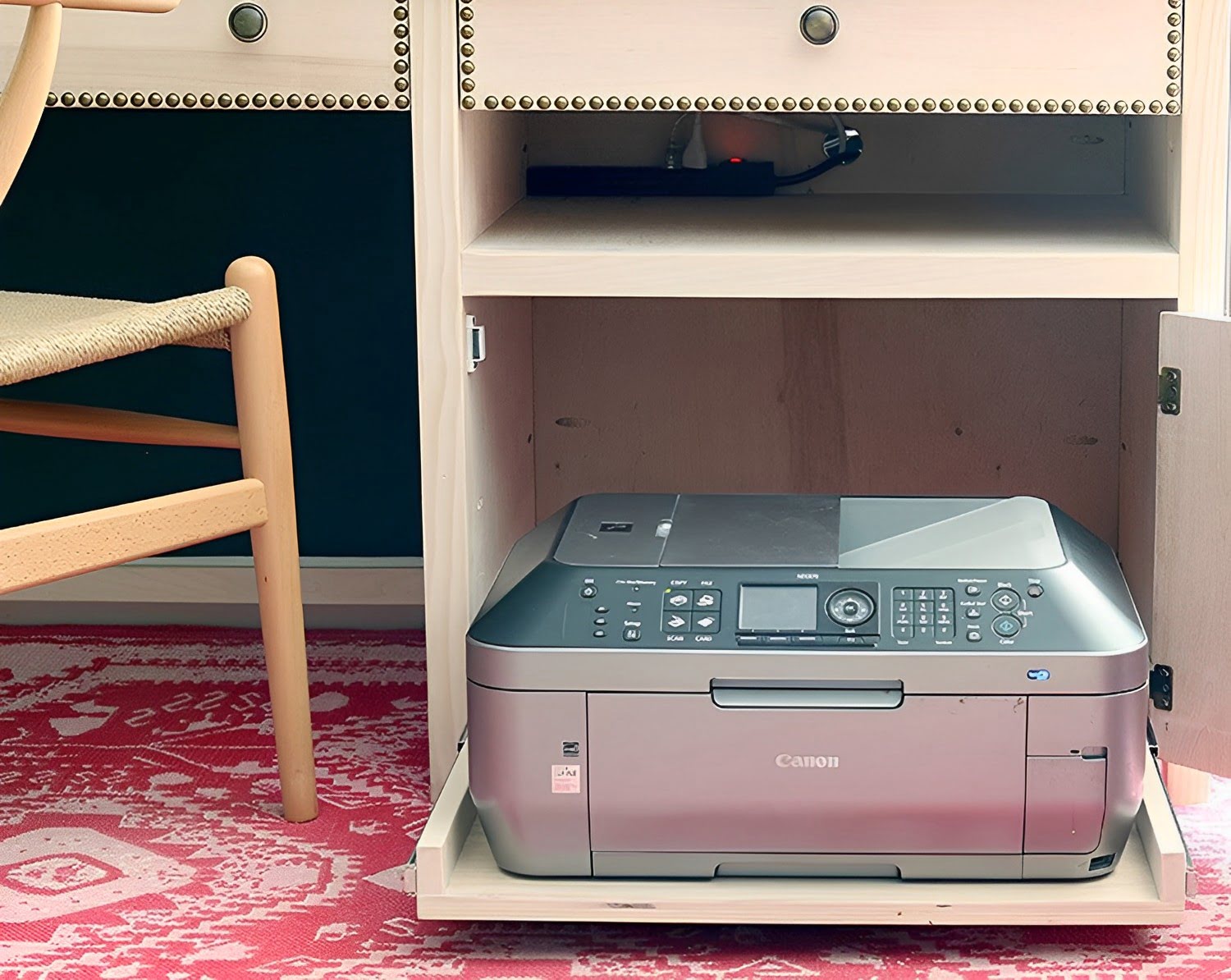
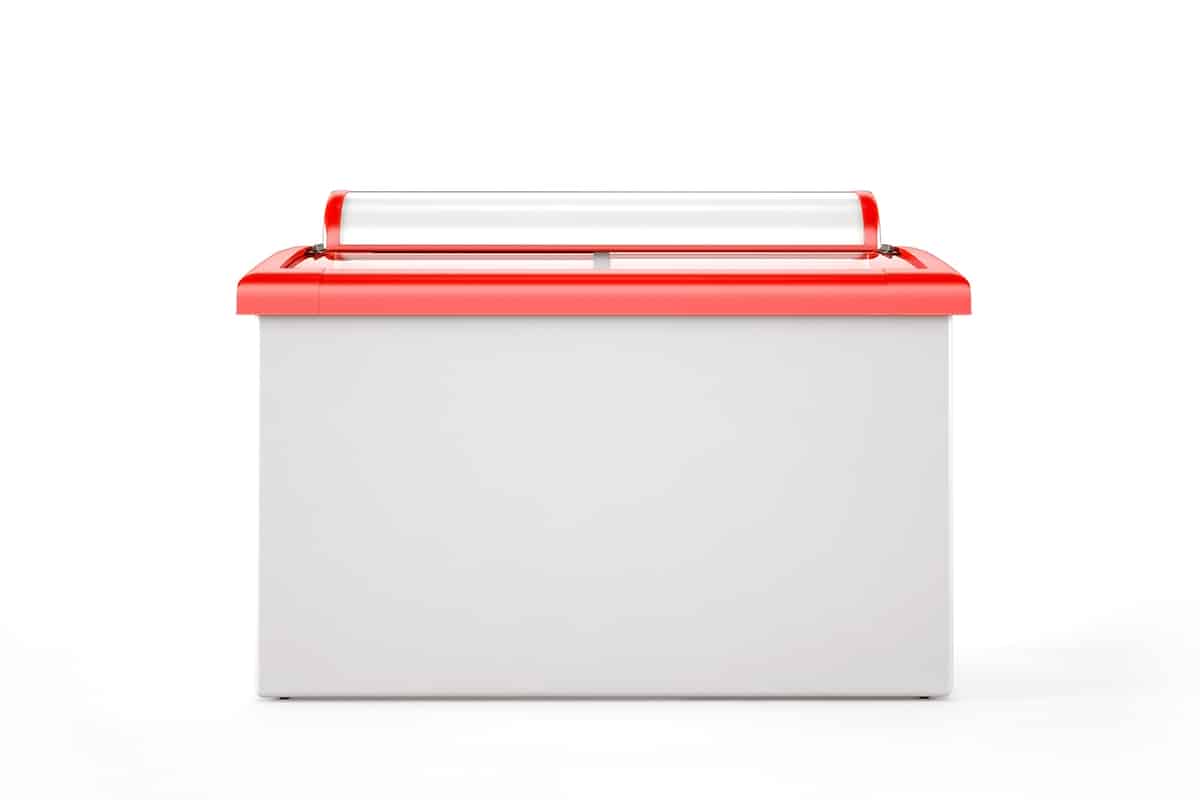
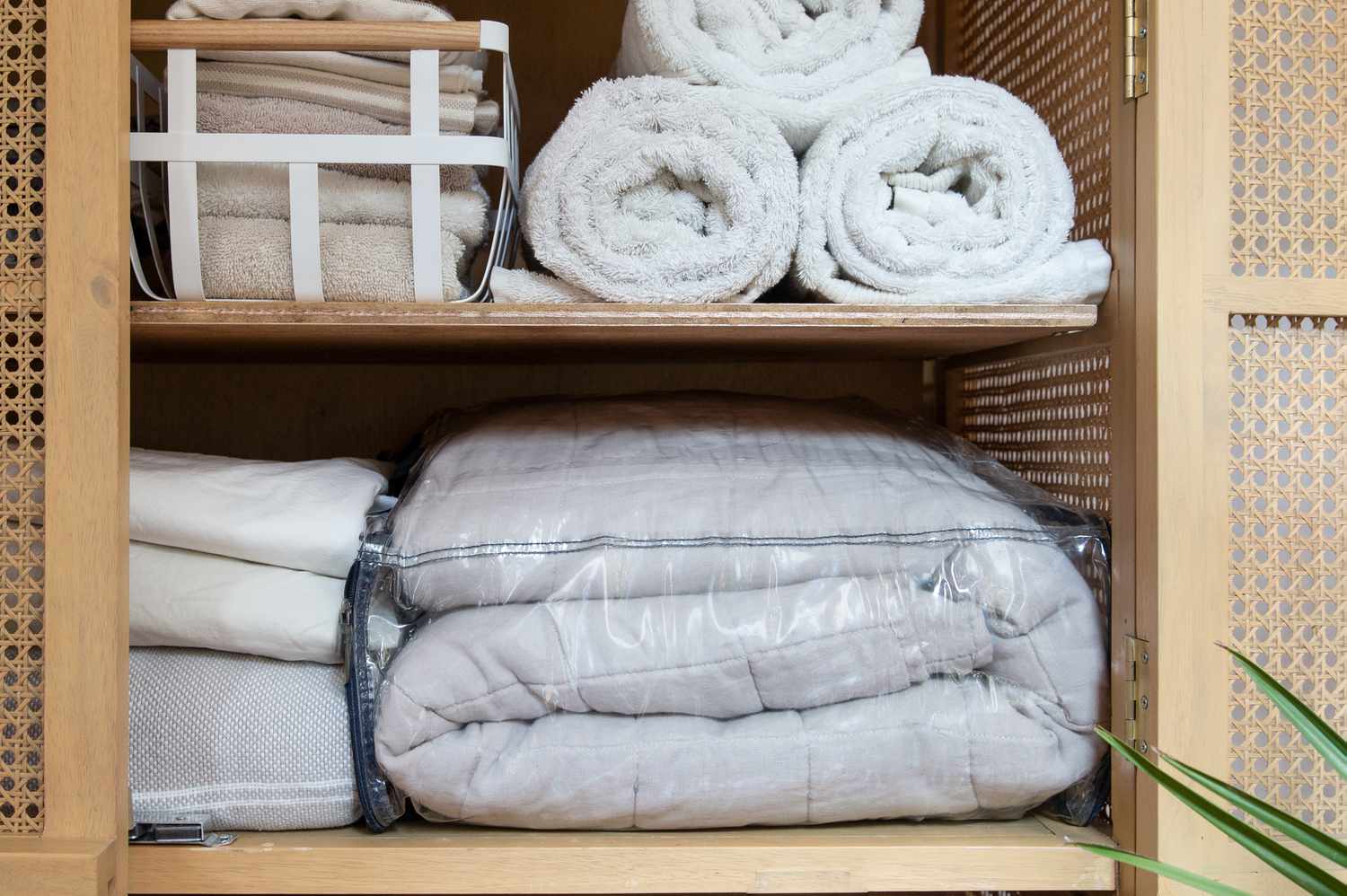
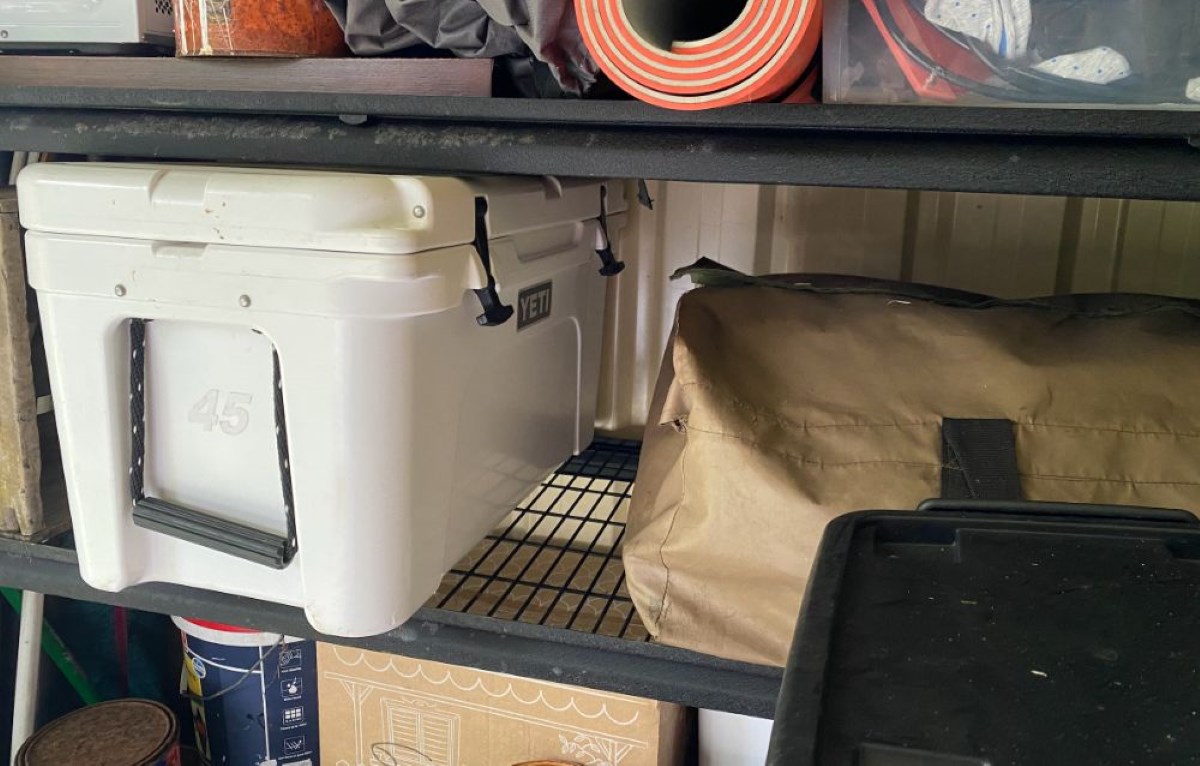

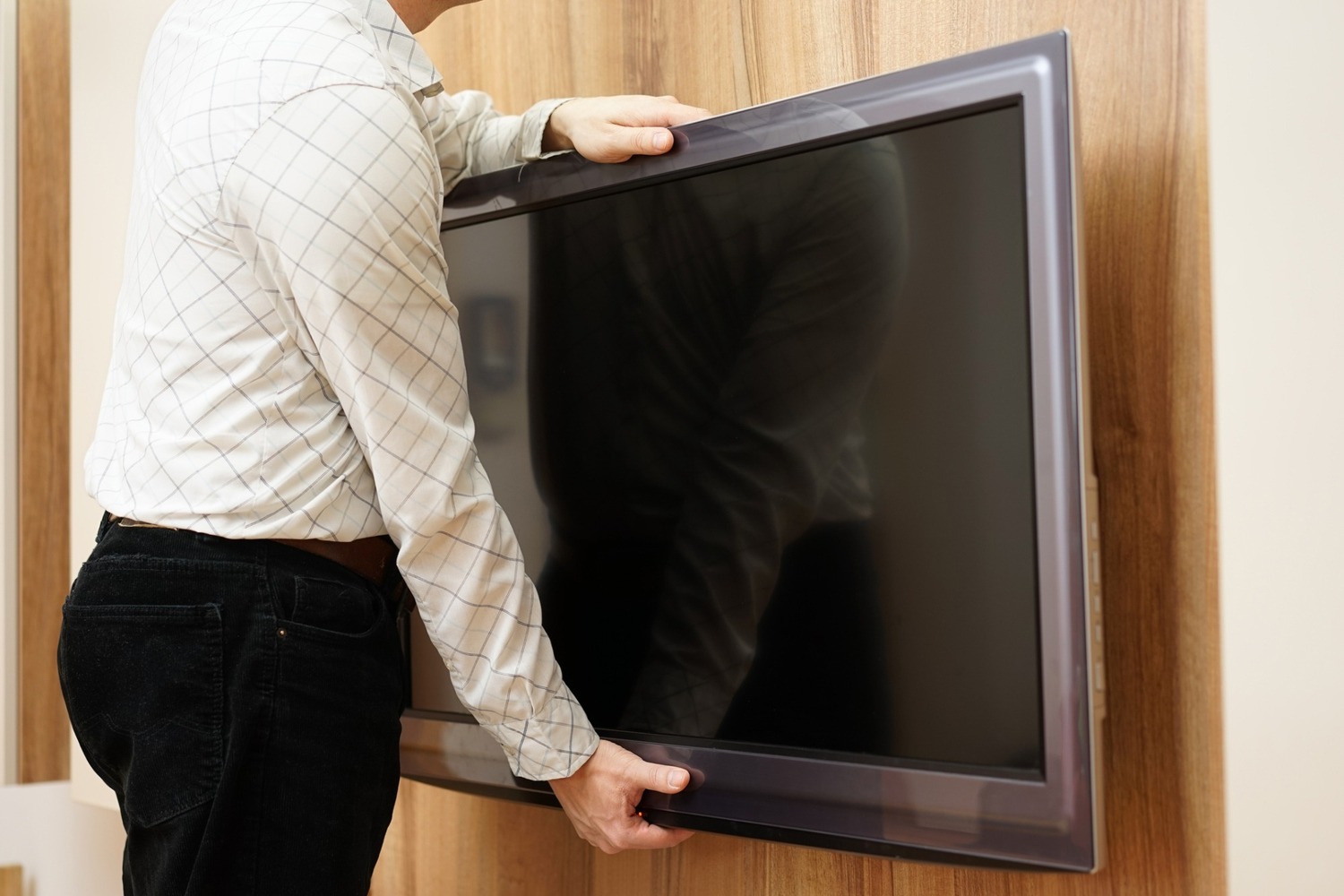

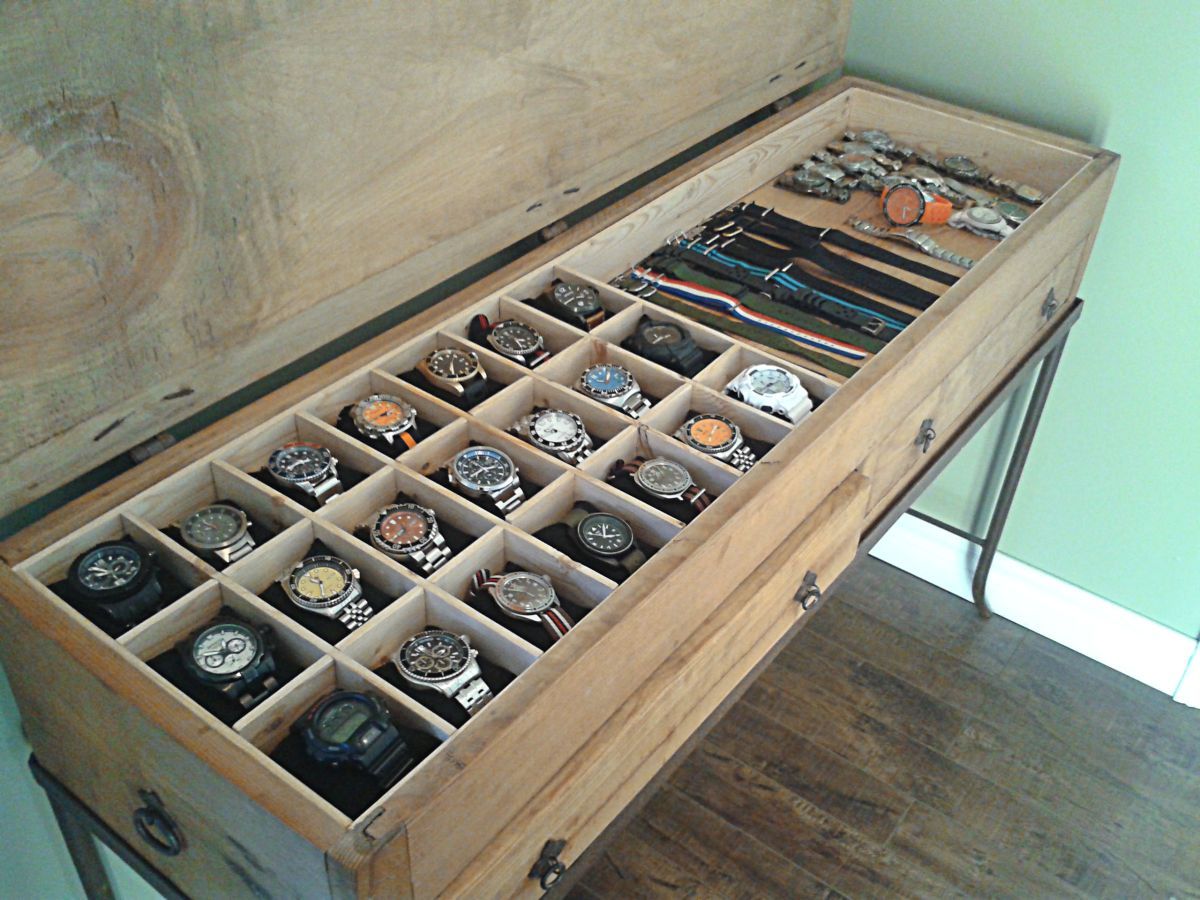
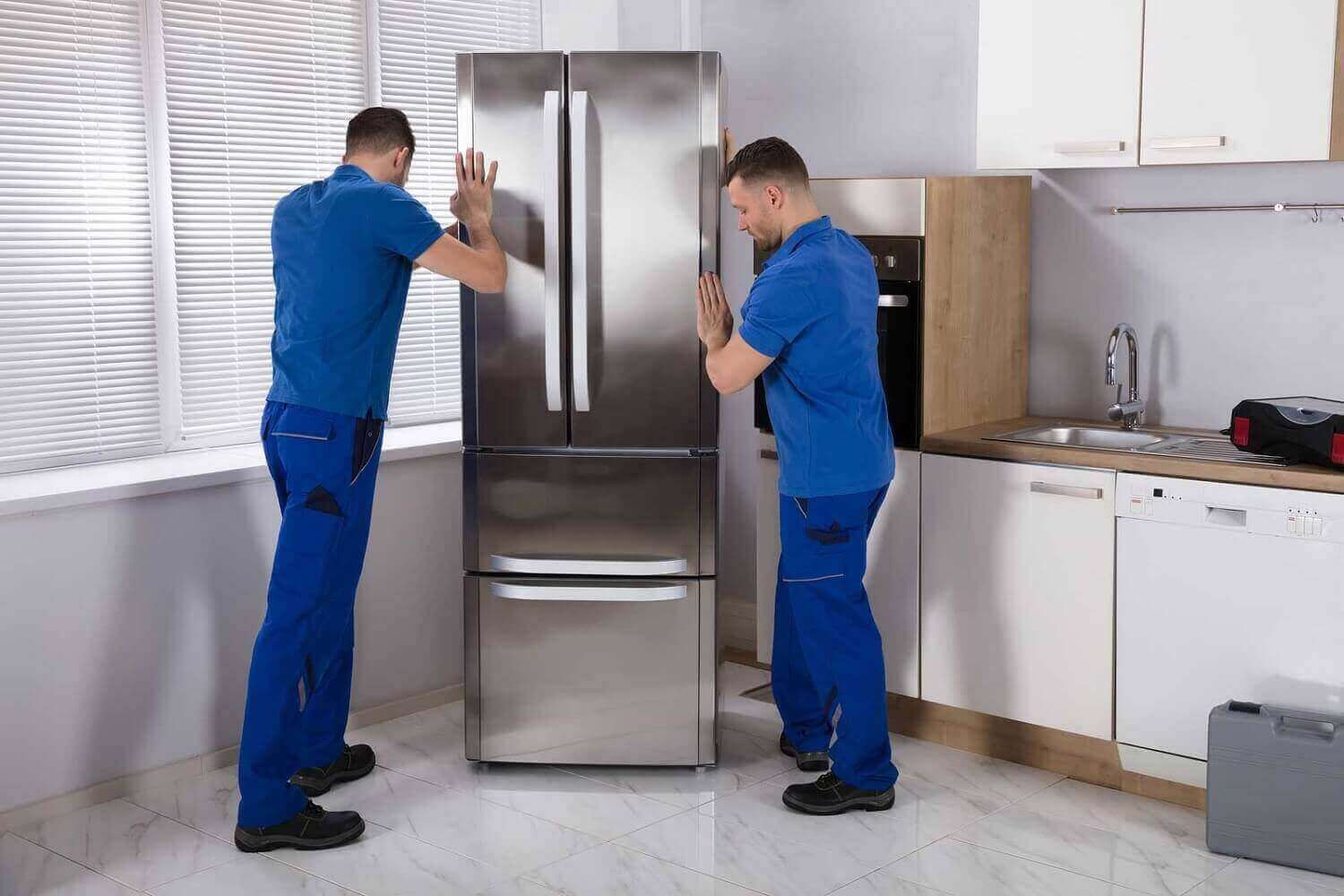
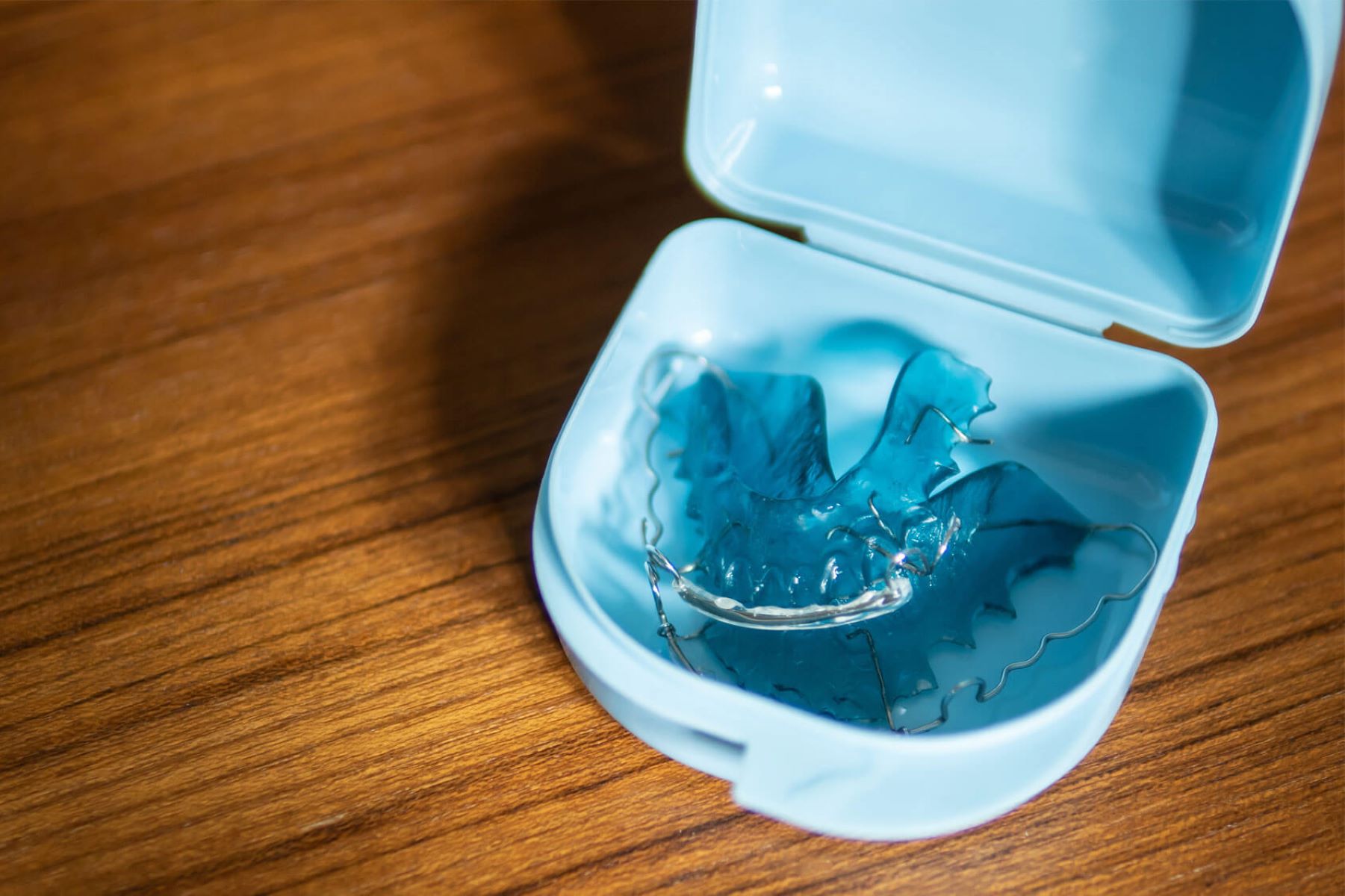
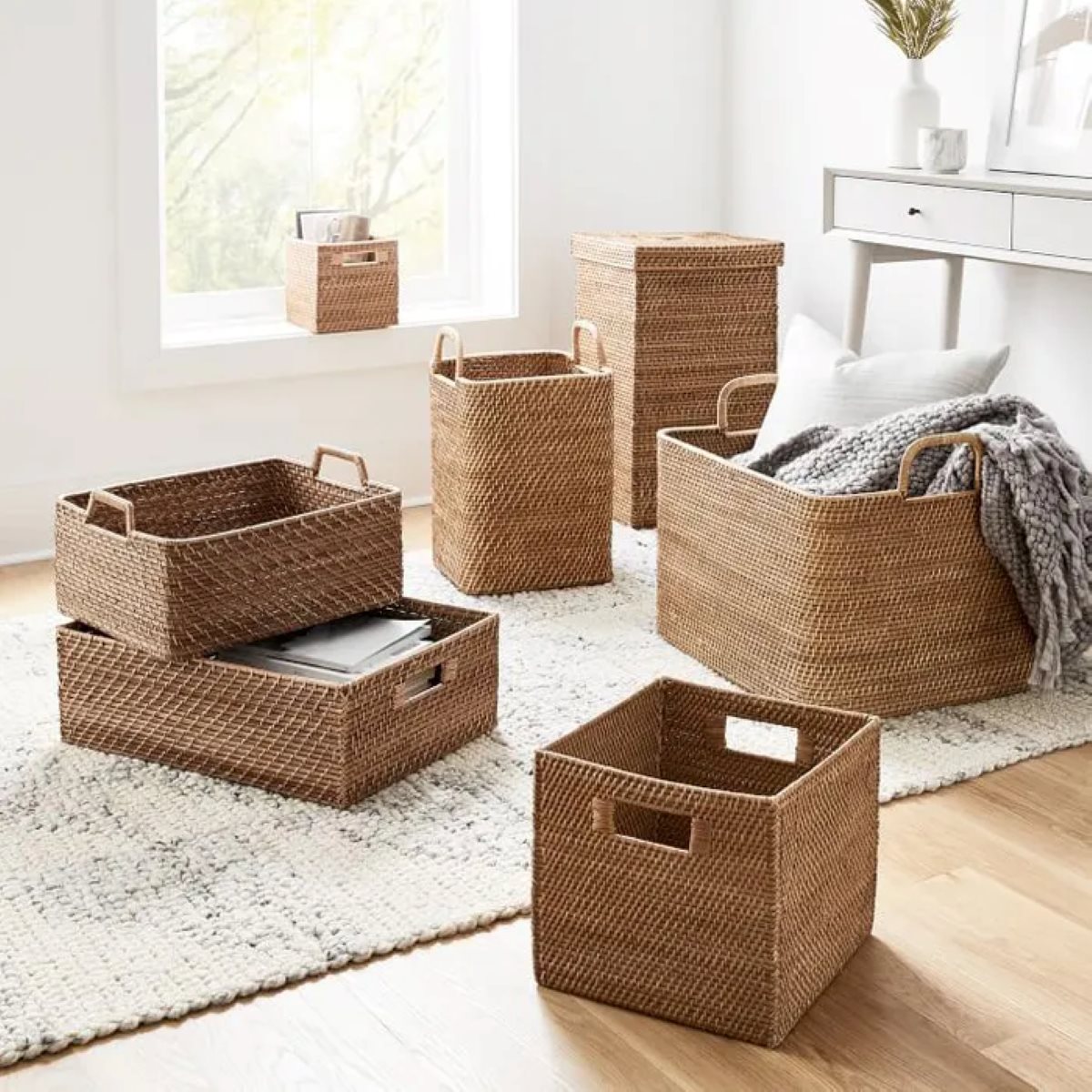

0 thoughts on “How To Store Watches When Not In Use”